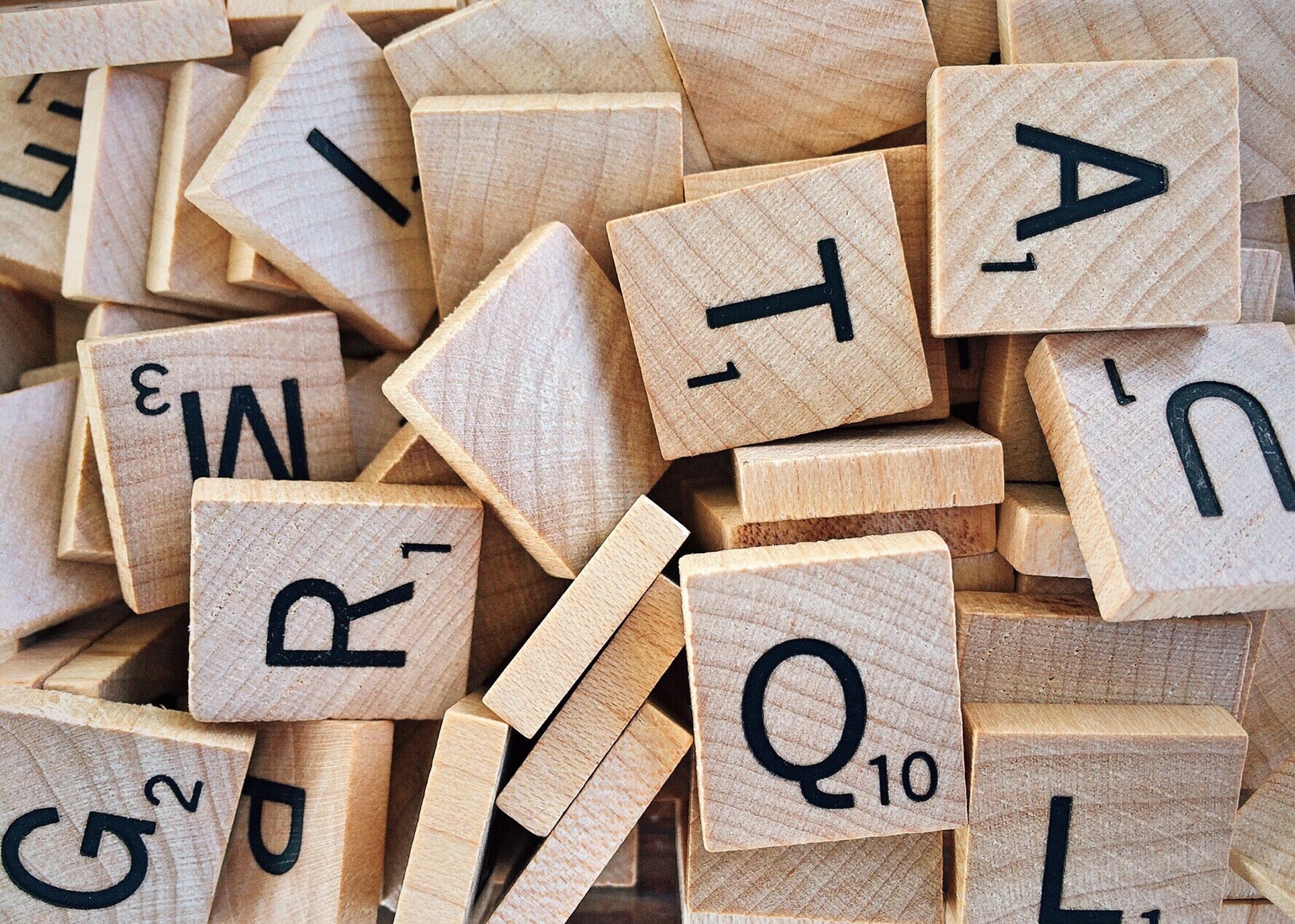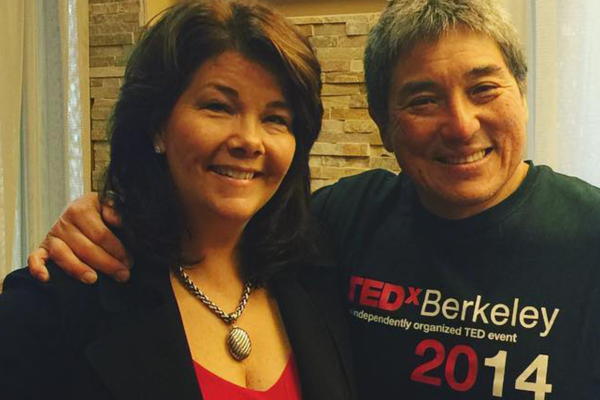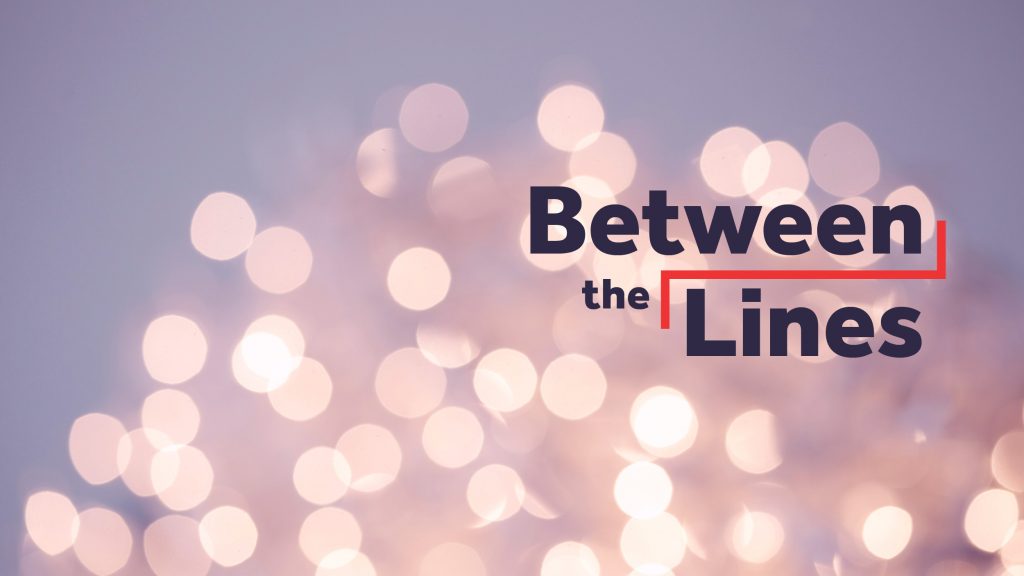Slava Ukraini.
I’ve been waiting for the opportunity to write that lead for five weeks. After several documentaries about the Maidan Revolution, more than a few renditions of Ukraine’s national anthem and repeated viewings of our good friend Jacob Shapiro’s podcast, the opportunity for even a meager sense of catharsis has arrived. I wish Ukrainians—and Ethiopians, and the Rohingya in Myanmar, and the Uyghurs in China and other victims of humanitarian crises—could have the same and more.
I’m not here to dissect the war’s geopolitical ramifications echoing around the world or to provide a synthesis of the latest news coming out of Ukraine. There are plenty of sources for that.
One question has lingered in my brain ever since Russian troops, tanks and planes launched their assault on Ukraine in February.
Why does the world care so much about this particular war? It is far from the only conflict affecting people and nations around the world. Did Putin assume we wouldn’t?
The answer to the former question has a direct consequence on the mistaken calculus that factored into the latter.
Why do we care so much about the war in Ukraine?
Fundamentally, many of us in the U.S. more easily relate to Ukraine and other European nations. Our close economic ties, political alliances, and shared history and social identity naturally make it so. When you factor in the residual emotions and mistrust of the Cold War and Putin’s militaristic and political decision-making meeting the textbook criteria of fascism, the conditions defining this war give us a predisposition to care.
But it goes even deeper. As Perch Perspectives’ chief strategist, Jacob Shapiro, always says, the people involved in global events have as much of an impact on outcomes as geopolitics.
And we have an exceptional group of people involved in this one.
We’ve all experienced by now the revelation that is Ukrainian president Volodymyr Zelenskyy. Much has been written about his emotional brand of leadership, so I won’t dive too deeply into that because it only takes one video of him speaking to understand why he’s inspired the world. Zelenskyy—who has mastered the art of adjusting his messaging to any audience—just recently gave a speech at the Grammies, where he spoke of Ukrainian musicians trading tuxedos for body armor and the deathly science that follows every Russian bomb: “Fill the silence with your music. Fill it today to tell our story.”
Why has he been so effective in securing global public support, to convince world leaders to do more than “condemn in the strongest possible manner” Russia’s invasion of Ukraine? Because I believe there is an alternative scenario in which the war in Ukraine is ignored or glossed over just as other global crises are and have been.
Access to information on the ground
The fog of war is still very much a factor in truly understanding events in Ukraine. The world watches in real time as they unfold on a strategic scale. Where once there may have only been a few dozen reporters covering a war on the ground, Ukraine has tens of millions. Every citizen in Ukraine has the ability to show the world what’s happening around them. In Mariupol, the perspective of a woman and her children living in a bomb shelter. In Poland, the experience of a refugee trying to make it across the border. On the outskirts of Kyiv, the point of view of a volunteer soldier reloading an RPG launcher to defend an intersection against a tank column.
These videos, authenticated by news outlets around the world, evoke visceral reactions and remind us that what’s happening in a city 6,000 miles away can often feel more like six feet.
The void of sufficient anti-aircraft missiles, anti-tank weaponry and other munitions is filled with millions of smartphones, weaponized into an army of communications tools. Zelenskyy has done more in this space than anyone. He refused to leave Ukraine with a response that could only come from a former comedian: “I need ammunition, not a ride.” The videos of him looking disheveled in military fatigues speaking emotionally to world leaders—decorum be damned—or delivering a fiery speech to the Ukrainian people or meeting with soldiers in Kyiv to boost morale are a master class in communication.
Many of us know instinctively what he’s trying to do. Each of those videos—and the footage released by Ukrainian defense forces of soldiers shooting down a helicopter or stopping a tank column—are carefully orchestrated to elicit certain reactions and engender support.
They work anyway.
The quantifiable impact of transparency
We talk all the time about how important transparency is in communicating, particularly during a crisis. The war in Ukraine is more than a crisis with the highest of stakes, but the principles still apply.
Zelenskyy’s ability to stay on message may be the greatest factor in swaying other world leaders to take action. He has communicated exactly what Ukraine needs to defend itself. While NATO, the EU and the U.S. haven’t gone as far as a no-fly zone or direct military action, his other requests have largely been met. Crippling sanctions against Russia’s foreign reserves and central bank, asset seizures of prominent oligarchs, a continuous supply of weapon deliveries and humanitarian aid, restrictions on Russian energy exports. You can draw a line directly from these actions back to Zelenskyy. He maximizes every opportunity to tell the story of what’s happening on the ground and to be direct about what he needs and wants to happen.
The opposite is true of Putin. The list of his miscalculations, crimes and decisions is too long to list, but they can be summarized in one key moment.
As news of the invasion spread, Russia passed emergency legislation that eliminated any remaining hope for free speech in that country. The last independent news outlets were taken off the air, out of print (dramatically, in some cases) and forced to leave Russia for fear of imprisonment, leaving only state-sponsored organizations to deliver propaganda and misinformation.
It’s an effective tactic domestically. More than half of Russians support the war. Only about 23 percent oppose it, according to a recent survey conducted by independent research organizations.
To say that people in Russia are simply deprived of accurate information is, as the Atlantic Council puts it, “intellectually dishonest.” Millions of Russians, particularly older ones, are more than willing to accept the Kremlin’s lies.
Younger generations—the digital natives—are more inclined to seek outside sources of information, particularly on social media. Fourty percent of people aged 18 to 24 oppose the war in Ukraine. They head to TikTok, where they watch drone shots of the rubble of Ukrainian cities, are reminded of their friends and family who live there and ordinary Ukrainians fighting and suffering.
That’s why, despite the threat of years in prison, thousands of young people have attended protests throughout Russia.
It just goes to show the level of mistrust that a lack of transparency can create permanently. We obviously don’t know how that may manifest in public opinion, but the effect it’s had on Russia’s economy, world standing and reputation is as easily recognizable as Zelenskyy in his military fatigues.
Slava Ukraini.






